
The world of makeup is rife with beauty do's and don't's. A notion that - at the root of it, makes zero sense if we're to continue on a path of exploration and expansion through playing with makeup. If not for fun, what the hell for? Makeup should be exactly what you want it to be - to manipulate, to enhance, to express, it's all relevant, and it's your business.
As we move further and further away from archetypal beauty standards and rigid makeup techniques, it begs the question: do we still need to be adhering to specific makeup for your eye shape? In short, absolutely not. It can, however, serve as a helpful guide for those who are new to eye makeup to find their ground. It's wild to think that one should actively avoid certain techniques at risk of it not working for them, considering you know what makes you feel best and that should always be the deciding factor, but for those who aren't sure where to start, perhaps the below can help you find your bearings at the very least.
As a reminder, your eye-makeup preferences are your business, and if you feel good doing something, you likely look so, too. Don't let the internet make you believe otherwise!
For round eyes
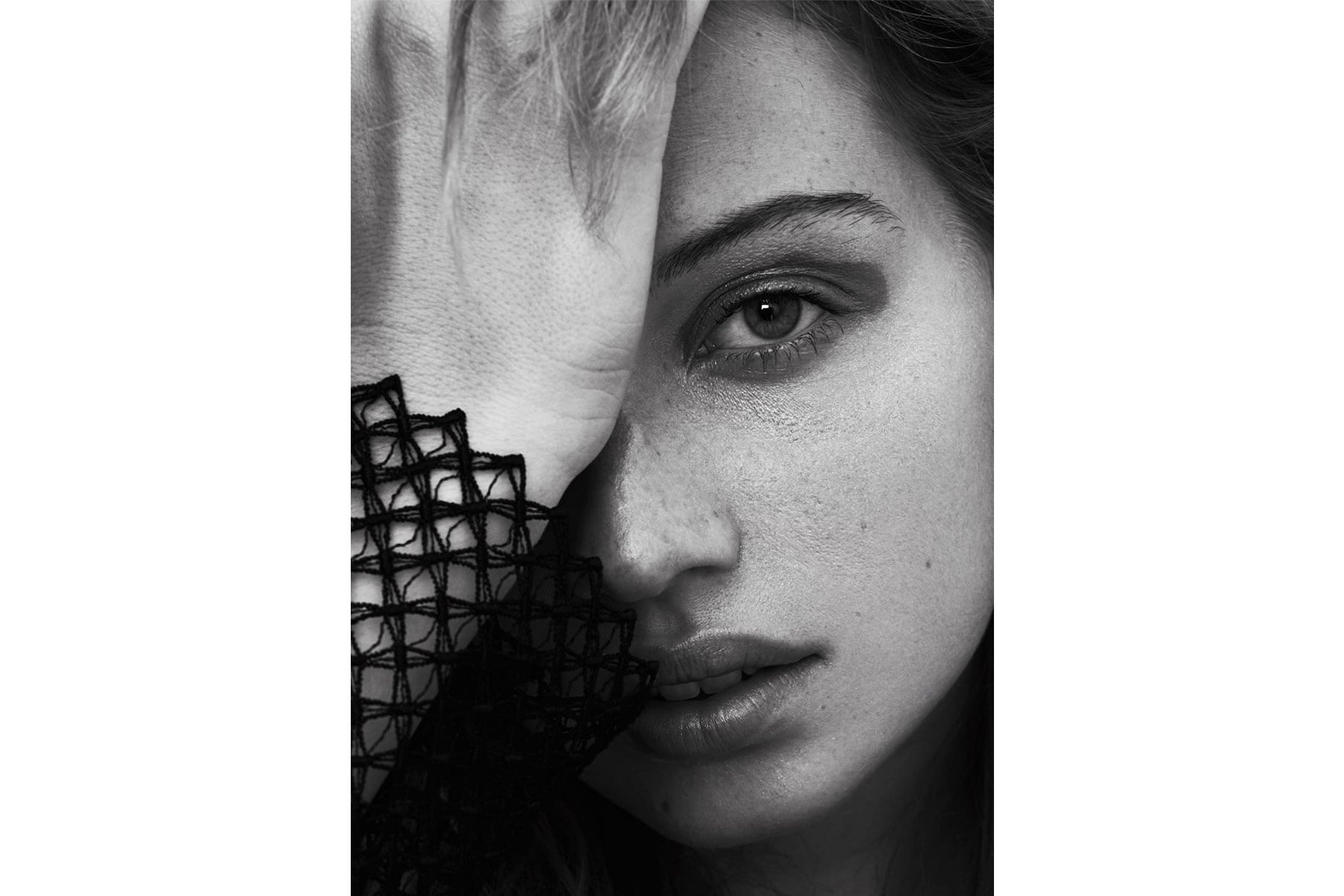
How to determine round eyes: If your crease is always visible alongside the whites of your eyes surrounding the iris (top and bottom) you likely have round eyes.
It's all about accentuating what one has when it comes to round eyes (or any eye shape, really). To do this, it's recommended to focus a warm neutral shade in the crease, defining the shape, centralizing mascara application to the top lashes, and rimming your waterline with liner.
For monolid eyes

How to determine monolid eyes: If you don't have a crease where your eyelid meets the skin below your eyebrows or the shape of your lid is flatter, you likely have monolid eyes.
A winged liner can be a charm for monolid's, in which case, smudging the liner towards the outer edges is reportedly great for definition. If you're one for a more hazy approach, concentrating deeper shades at the last line and blending outwards to form a gradient is also a great option.
For hooded eyes
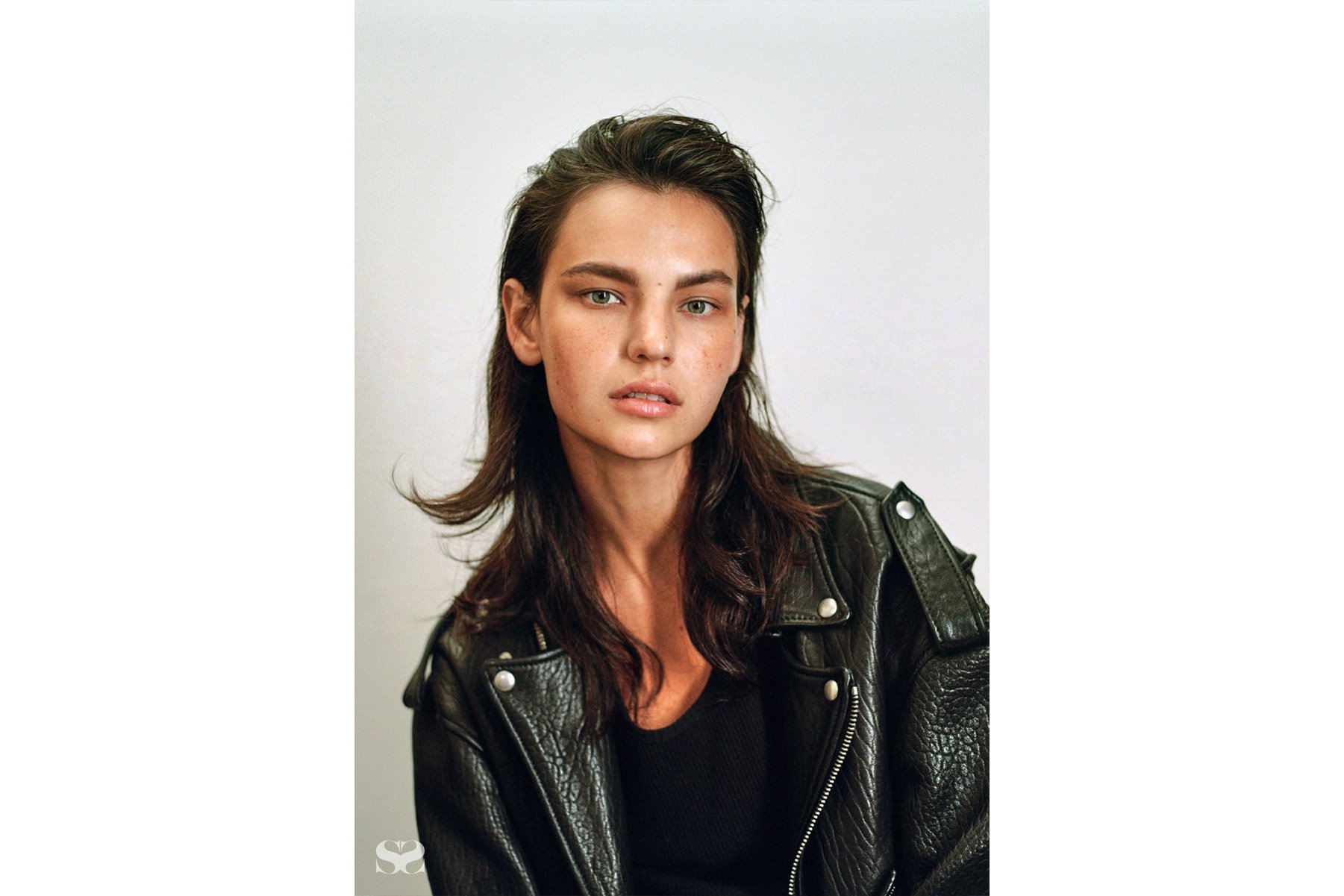
How to determine hooded eyes: If you can't fully see your crease, you likely have hooded eyes.
The best tip I've ever learnt for hooded eyes is to apply eyeshadow with your eyes open, so you can see how things will shape up once you've mapped out your look. Tilting your chin up and looking down into your mirror will give you a better sense of where to place colour, and aiming higher than the crease is always helpful. That, and setting the shadow well so you don't get creasing - unless a greasy punk look is what you're into (I certainly am).
For downturned eyes
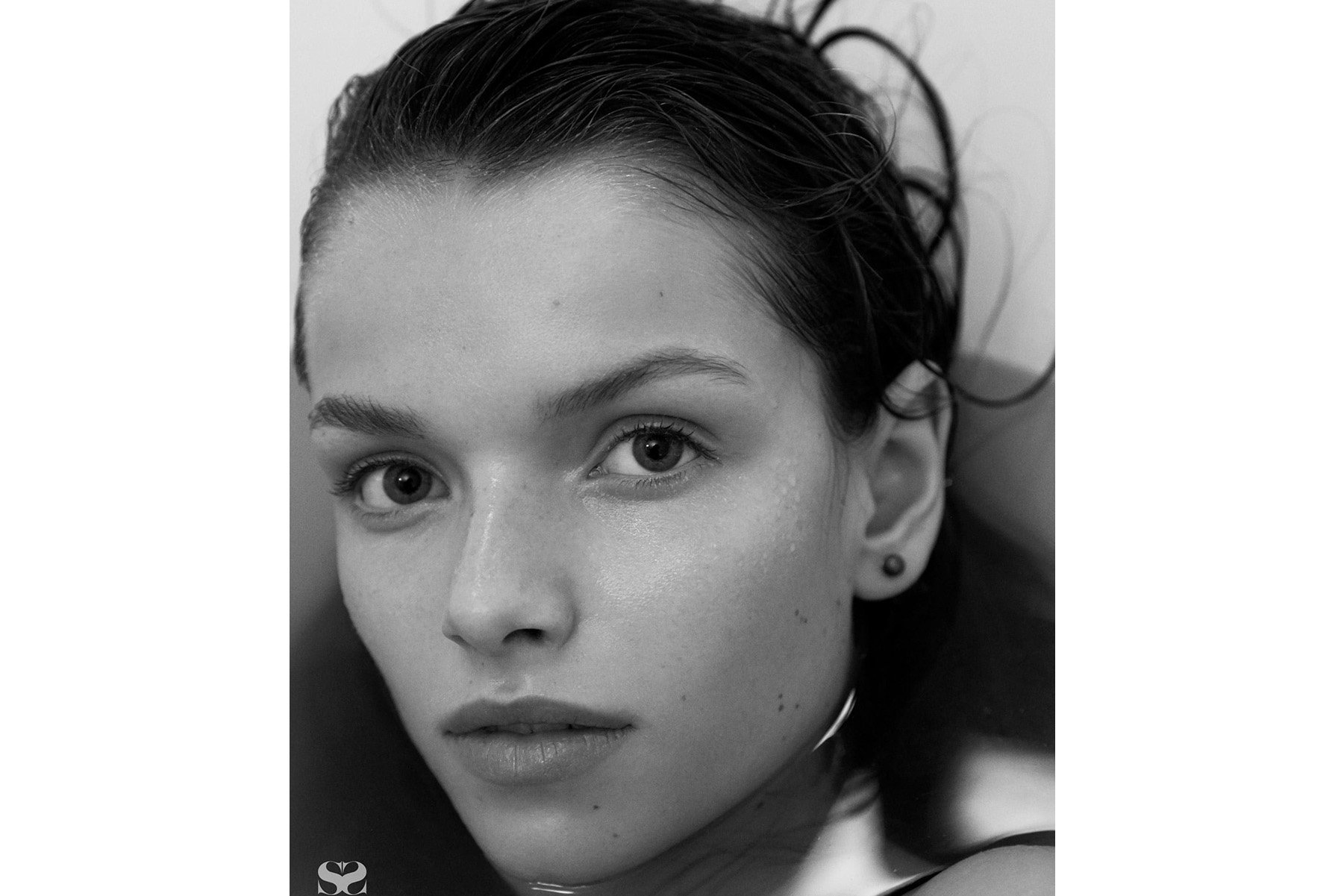
How to determine downturned eyes: If the outer corner of your lash line points down, then you likely have downturned eyes.
For those with downturned eyes, a lash curler is your best friend when wanting to lift the lash line a little. If you want to take things further, extend your eyeliner straight out, avoiding too much of a curve in the line to keep things looking linear.
For almond eyes
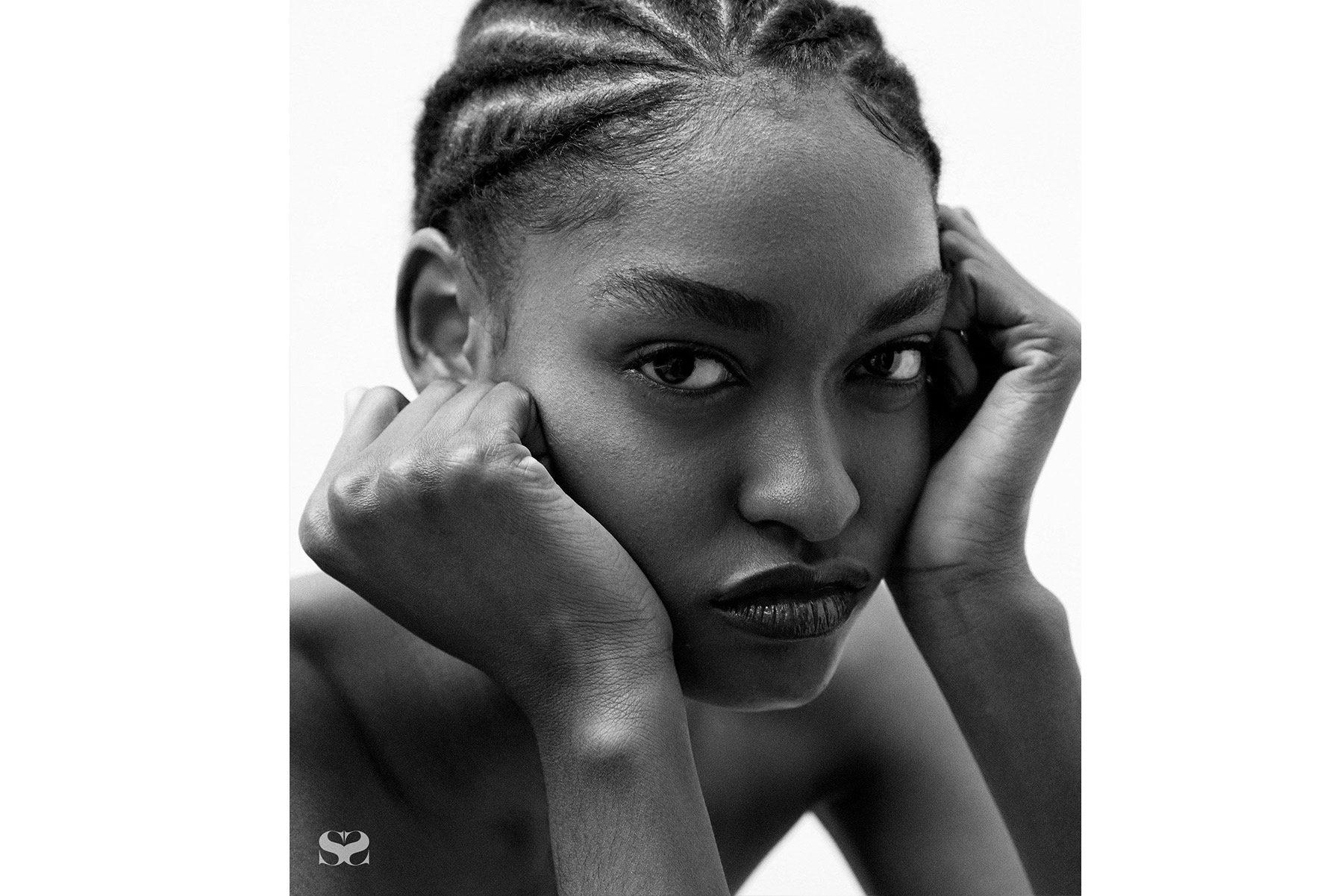
How to determine almond eyes: Oval-shaped eyes with slightly upturned outer corners that look like—you know the one! An almond.
There are seemingly no 'rules' of thumb for those with almond eyes, but if one thing is known for sure, it's that a winged-out shape never goes amiss.
For upturned eyes
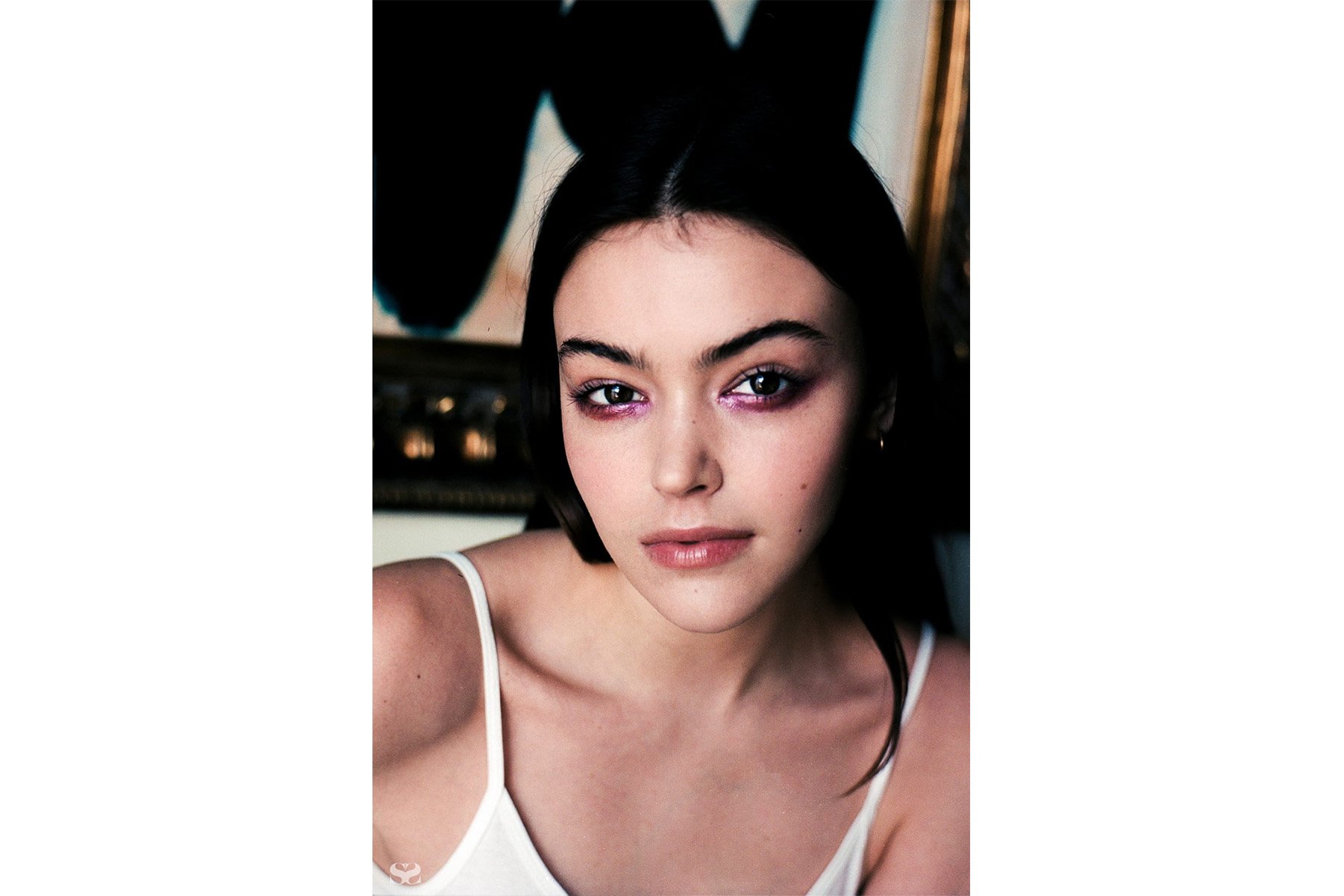
How to determine upturned eyes: If the corners of the eyes tilt upward then you have upturned eyes.
Complement this shape with a dark shadow or liner smudged on the outer corners of your upper and lower lash line. If you want more, apply a medium-toned shadow on your lid, and keep your brow arches on the neater side to highlight your shape.



